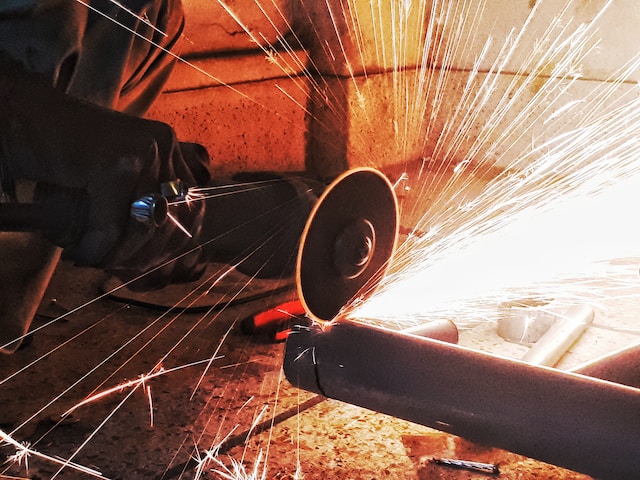From Shipbuilding to Skyscrapers: The Role of Steel in Construction

Steel utilization in today’s accelerated urbanization is huge and steel is the most widely used metal. The modern construction sector owns the largest share of the steel demand. Additionally, the material is known for centuries, while mass production of steel and steel constructions have been present for over 150 years. This is a result of the numerous advantages that steel has – from strength, and flexibility, to fire resistance, as well as resistance to natural disasters (such as earthquakes). On the other hand, the application is also very diverse and includes buildings (e.g. structural steel frames), passenger and freight transport (ships, trains, cars, bicycles), extends to the energy sector and machinery, and to many other segments that we might not be aware of.
The large steel application possibility is also beneficial because of the low cost of steel, its availability, and its durability. It is available in many sizes, making it adequate for many application solutions. Furthermore, one of the greatest benefits of steel is the ability to fully recycle, which also presents an important advantage in terms of sustainability.
Many offshore projects, bridges, railways, concrete reinforcements, water pipelines, and aerospace vehicles are utilizing steel, and this list is endless in today’s industrial development. It is a reliable solution that can withstand damage and is able to support significant weight, while the ability to be colored enables architects to experiment with various designs.
Important to mention is the significance of stainless steel, which is resistant to corrosion and oxidation. Alongside carbon steel, these two types are the most common ones. Some of the benefits of stainless steel include high/low-temperature resistance, low maintenance, and adaptability. Tool steel and alloy steel are the other two types, if the chemical structure of steel is compared.
In conclusion, steel owns a very powerful role in the construction sector, enabling the project development of structures that would not be otherwise possible. It is a relatively cost-effective solution, can be customized, and brings significant advantages with its application, making it ideal for construction usage.

 Tech Steel & Materials
Tech Steel & Materials